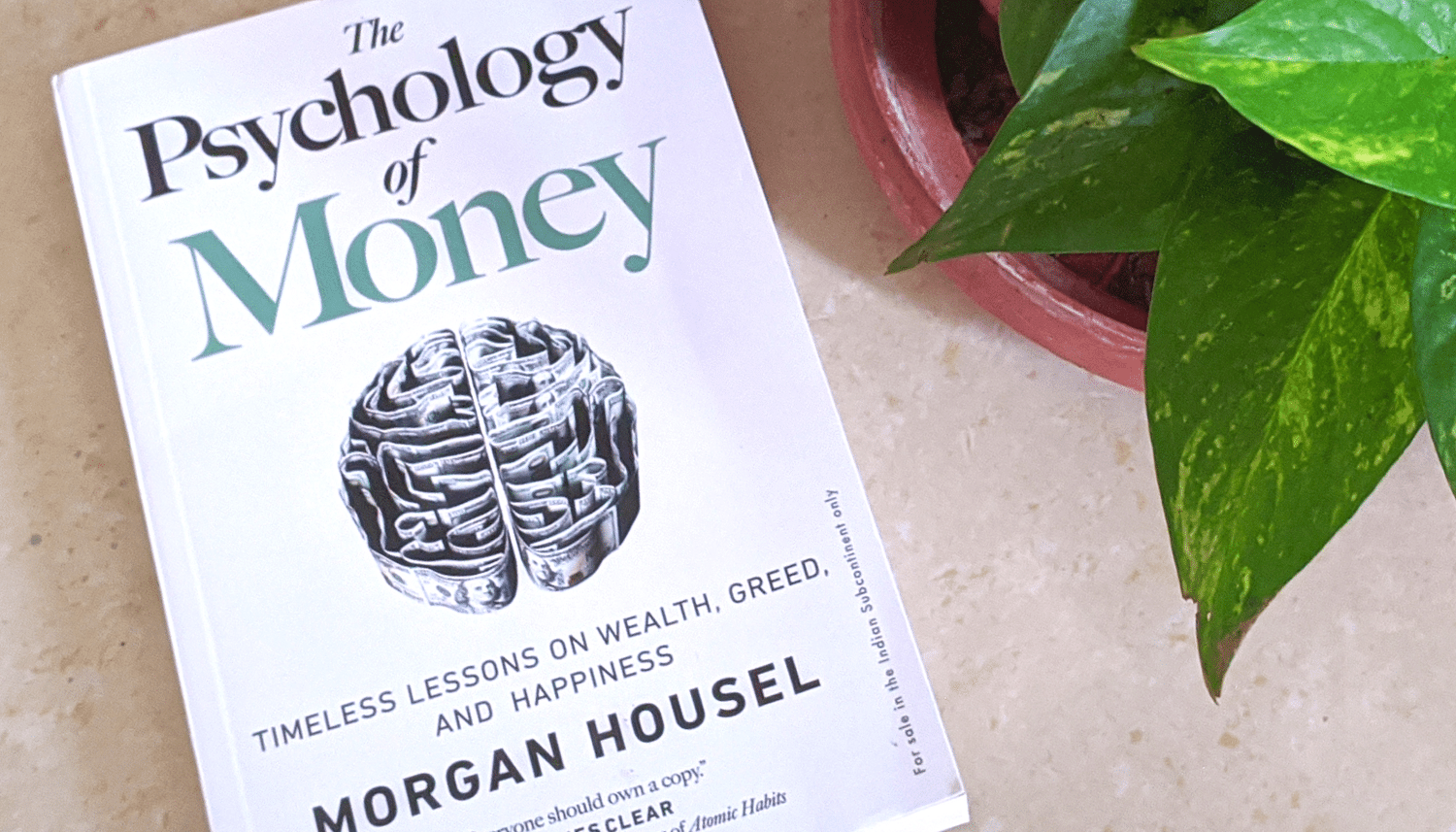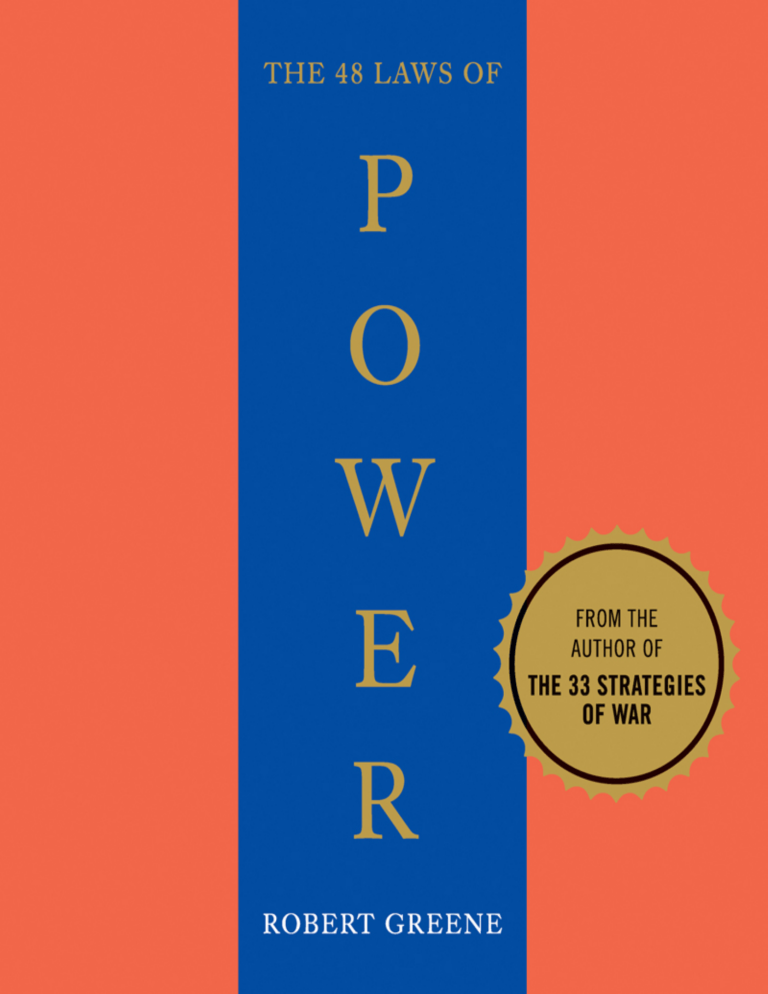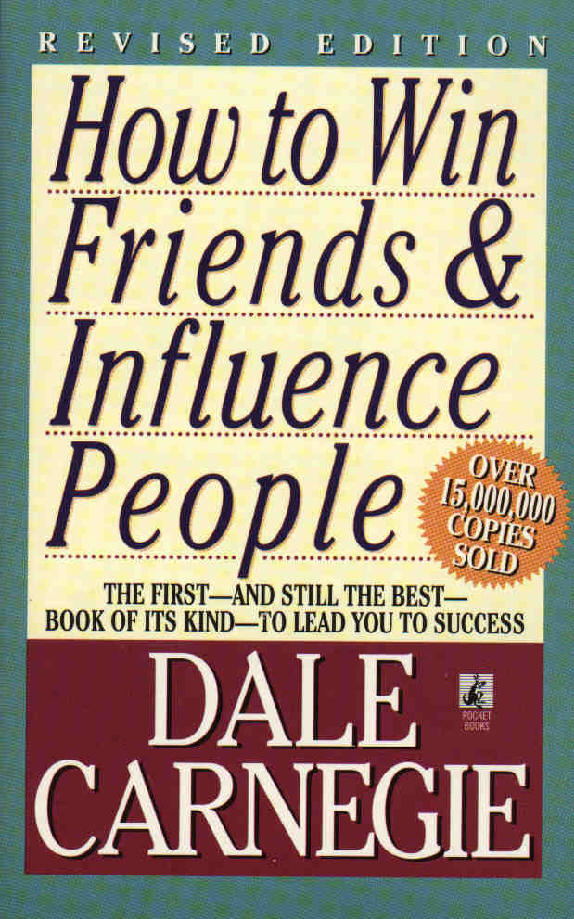Table of Contents
In Grit free book summary, we explore the compelling arguments and research presented in Angela Duckworth’s book, Grit: The Power of Passion and Perseverance. It examines the essence of grit, its significance in achieving success and how individuals can cultivate this crucial trait.
Challenging the Talent Myth
Duckworth sets the stage by directly confronting a widely held belief: that talent is the primary determinant of success. She argues that our fascination with prodigies and exceptional talent often blinds us to a more fundamental truth: effort counts twice.
She cites the work of sociologist Dan Chambliss, who studied Olympic swimmers. Chambliss discovered that the most successful athletes were not necessarily the most physically gifted. Instead, they were the ones who consistently engaged in rigorous, deliberate practice, honing their skills through meticulous repetition and refinement.
This “mundanity of excellence,” as Chambliss terms it, highlights the critical role of dedicated effort in achieving extraordinary results.
Duckworth further dismantles the talent myth by sharing the story of John Irving, the acclaimed author of The World According to Garp. Irving struggled with dyslexia throughout his life and candidly admits to his “lack of talent.” Yet, he became a successful writer through sheer determination, spending countless hours rewriting and perfecting his craft.
Through these and other compelling examples, Duckworth effectively challenges the notion that talent is a prerequisite for success. She convincingly demonstrates that passionate, sustained effort can propel individuals to remarkable heights, regardless of their natural abilities.
Defining Grit: Passion and Perseverance for Long-Term Goals
Duckworth defines grit as the combination of passion and perseverance for exceptionally long-term goals. It’s not simply about working hard; it’s about having a deep and abiding interest in something and being willing to stay committed to it, even when faced with setbacks and challenges.
She emphasizes that passion is not fleeting excitement or infatuation. Instead, it’s about aligning your daily actions with your ultimate aspirations, maintaining a steady and unwavering focus on what truly matters to you. This enduring passion, coupled with a relentless determination to overcome obstacles, forms the bedrock of grit.
The Grit Scale: Measuring Your Potential
To help readers assess their own levels of grit, Duckworth introduces the Grit Scale, a self-report questionnaire. This scale measures two key components of grit:
1. Passion: The intensity and consistency of your interest.
2. Perseverance: Your ability to overcome setbacks and maintain effort over time.
By calculating your scores on both passion and perseverance, you can gain valuable insights into your overall level of grit. Duckworth emphasizes that grit scores are not fixed; they can change and develop over time.
Nurturing Grit from the Inside Out
Duckworth proposes that grit can be cultivated through a deliberate focus on four essential psychological assets:

1. Interest: Discovering what truly captivates your attention and ignites your passion is crucial for developing grit. Duckworth encourages exploration and experimentation, urging readers to try new things and expose themselves to diverse experiences. She emphasizes that this exploration often involves trial and error, a willingness to “guess” and try different paths before finding the one that resonates deeply.
2. Practice: Once you’ve identified your passion, the next step is to engage in consistent, deliberate practice. This involves pushing yourself beyond your comfort zone, setting challenging goals, and seeking constructive feedback. Duckworth emphasizes the importance of embracing a “kaizen” mindset, a Japanese term for continuous improvement. Gritty individuals are constantly striving to refine their skills and elevate their performance, never settling for mediocrity.
3. Purpose: Connecting your work to a larger purpose beyond yourself can provide a powerful source of motivation and resilience. Duckworth highlights the inspiring story of Alex Scott, a young girl who, while battling neuroblastoma, established a lemonade stand to raise funds for cancer research. Alex’s unwavering dedication to helping others fueled her passion and perseverance, ultimately leading her to raise over a million dollars before her passing.
4. Hope: The ability to maintain hope in the face of adversity is an essential ingredient for grit. Duckworth draws on the work of psychologist Martin Seligman, who studied “learned helplessness” in dogs. Seligman’s research revealed that dogs who had previously experienced inescapable shocks were less likely to try to escape when given the opportunity. This finding suggests that repeated exposure to uncontrollable stress can lead to a sense of hopelessness and a diminished belief in one’s ability to influence outcomes.
To combat learned helplessness and cultivate hope, Duckworth advocates for developing a “growth mindset,” a belief that your abilities can be developed through dedication and hard work.
She encourages readers to reframe challenges as opportunities for learning and to view setbacks as temporary obstacles, not permanent defeats.
The Role of Parenting and Culture in Fostering Grit
Duckworth acknowledges that while personal efforts are vital, external factors like parenting and culture play a significant role in shaping grit.
Parenting for Grit: Duckworth advocates for an “authoritative parenting” style, characterized by warmth, respect, and high expectations. This approach provides children with a balance of support and structure, fostering a sense of security while encouraging them to strive for their best.
Culture of Grit: Surrounding yourself with a culture that values and celebrates grit can be incredibly impactful. Duckworth cites the examples of West Point Military Academy and the Seattle Seahawks football team, both of which intentionally cultivate environments that emphasize hard work, perseverance, and a shared commitment to excellence.
She argues that by immersing yourself in a gritty culture, you can absorb its values and develop your own grit through observation, imitation, and shared experiences.
The Power of Extracurricular Activities
Duckworth highlights the importance of extracurricular activities as “playing fields of grit.” These activities provide valuable opportunities for young people to:
● Explore Interests: Trying different activities allows individuals to discover what genuinely sparks their passion.
● Engage in Deliberate Practice: Extracurriculars often involve structured practice, providing a context for developing skills and honing talent.
● Experience Setbacks and Learn to Overcome Them: The inherent challenges of these activities teach valuable lessons in resilience and perseverance.
● Develop a Sense of Purpose: Many extracurriculars involve working towards a common goal with a team, fostering a sense of purpose and belonging.
Duckworth cites a landmark study, the Personal Qualities Project, which tracked students’ extracurricular involvement and subsequent success in college and beyond.
The study found that students who demonstrated follow-through in their extracurricular activities were more likely to succeed, even when controlling for factors like talent and academic achievement.
Conclusion: Embracing the Grit Within
Grit: The Power of Passion and Perseverance offers a compelling and insightful exploration of a trait that is fundamental to achieving success and fulfillment in life. Duckworth’s research and engaging storytelling provide a powerful antidote to the talent myth, reminding us that passionate, sustained effort can triumph over natural ability.
The book’s key takeaway is that grit is not a fixed attribute; it’s a quality that can be cultivated and strengthened through deliberate effort and by seeking out supportive environments. By embracing the principles outlined by Duckworth, individuals can tap into their inner reserves of grit, unlock their potential, and achieve extraordinary things.

Enjoyed Grit free book summary? Read other book summaries here
You may also like:








Leave a Reply